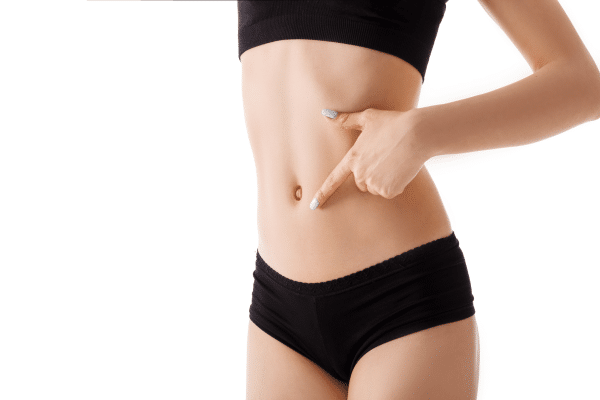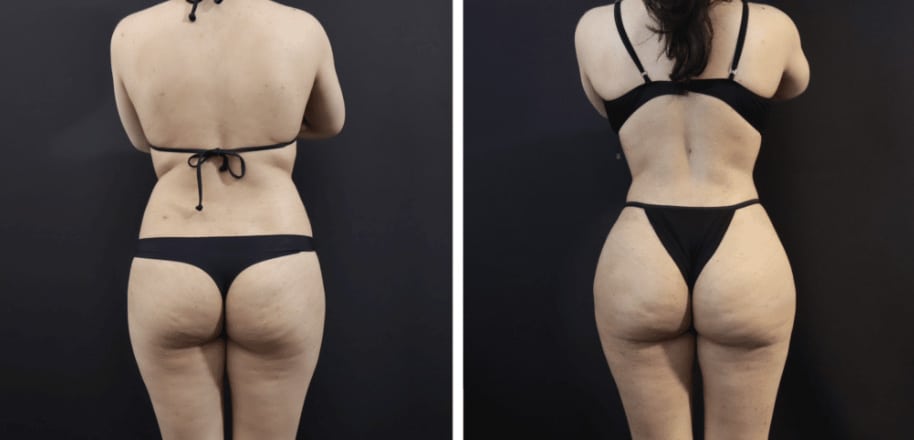Tackling Common Hybrid Tummy Tuck Myths
If you’ve ever met someone who’s had a San Francisco tummy tuck before, you may have been surprised at first.
That’s because normally, people don’t talk much about their plastic surgery with others. But also, it’s extremely hard to notice when someone’s had a tummy tuck because the results are inevitably natural-looking, and any scarring is difficult to detect.
While this is great for tummy tuck patients, it also leads many people to assume that tummy tucks are rare and to believe the numerous tummy tuck myths that often circulate.
We’d like to debunk some of these myths and provide a more accurate representation of this truly life-changing surgery. So, below, we’ve exposed some of the top tummy tuck myths you may have heard.
Like most myths associated with medical procedures, these falsehoods often originate with people who have never had a tummy tuck and who certainly don’t know anything about the procedure.
Ready to begin? Let’s set the tummy tuck record straight once and for all!
6 COMMON HYBRID TUMMY TUCK MYTHS
Myth #1 – There’s just one type of tummy tuck.
There are actually several different types of tummy tucks. Dr. Sieber will go over each of these with you and recommend the one that will be best for your physique and the unique challenges you’re facing.
With that said, most patients end up opting for smaller procedure than a full Tummy Tuck procedure. This means that one lateral hip to hip incision is made along the pubic bone from one hip to the other. The stomach muscles are then tightened, the excess skin is cut off, and the incision is stitched up.
Other types of traditional tummy tuck include mini tummy tuck, mini abdominoplasty,, partial abdominoplasty procedures and extended abdominoplasty procedures.
Partial Tummy Tuck involves a smaller initial incision, so it’s often called a “mini tummy tuck.” Extended abdominoplasty involves an even smaller incision being made around the entire circumference of the abdomen. This more involved procedure essentially lifts up the entire musculature around the lower abdomen as well as the buttocks and thighs. It is often used for individuals who have recently gone through an extensive weight-loss journey and lost a significant amount of fat.
Myth #2 – Hybrid Tummy tuck will make you lose weight.
Tummy tuck don’t actually have anything to do with weight loss. They can certainly be combined with liposuction (and often are) to remove stubborn unwanted fat. But alone, the body, a tummy tuck is really focusing on excess skin and abdominal muscle suturing (tightening).
Dr. Sieber will essentially pull down the sagging skin on your lower abdomen like a window shade, cut off the excess at the bottom, and stitch the small incision up for an ultimately flatter, slimmer tummy.
Myth #3 – Everyone will be able to see your scars and know you had a Hybrid tummy tuck.
In fact, most people will never see your tummy tuck scars or know that you’ve had a tummy tuck unless you tell them.
That’s because expert plastic surgeons know exactly where to place the surgical incisions for the most discrete visibility. In both men and women, many scars will be below the underwear line. This means that even if you’re wearing a Speedo or very small bikini bottoms, the main incision shouldn’t be visible at all.
Furthermore, even in situations where the scar would be visible, it’s generally not very noticeable. Most people describe it as a faded white line that gets harder and harder to see over time. Especially if you follow essential scar care instructions post-surgery, your scar will likely lose its color gradually and slowly flatten out so that you’ll hardly know it’s there.
Myth #4 – Pregnancy is a no-go after a hybrid tummy tuck.
While most San Franicsco plastic surgeons recommend you wait to have a full tummy tuck done until you’re done having kids, there are no actual medical risks associated with getting pregnant after this procedure.
The main reason that this has become a myth is that the results from your tummy tuck may not last through a pregnancy. The skin on your abdominal muscles will naturally be stretched out with the growth of the baby, and you may end up with stretch marks and/or more loose skin after birth.
Myth #5 – Only young people can get Hybrid tummy tuck.
Certainly, the majority of tummy tuck patients are in their 30s and 40s (56.3% of Tummy Tuck patients in 2018 were between 35 and 50). However, this doesn’t mean that the procedure is only for those under 50.
In fact, many patients in their 50s and beyond have successfully undergone tummy tuck surgery and profit daily from the wonderful benefits. Generally speaking, you need only be a nonsmoker and in good overall physical health (at a healthy stable weight) in order to qualify for tummy tuck surgery.
Myth #6 – Hybrid Tummy tuck are for people who can’t lose weight on their own.
Again, tummy tucks are not for individuals who are looking for a weight-loss solution.
On its own, the tummy tuck procedure does not remove a considerable amount of abdominal fat. Instead, its primary role is to remove excess hanging skin and tighten separated ab muscles. Of course, both of these goals are nearly impossible to achieve on your own, even with the strictest diet and most vigorous exercise routine.
Schedule a consultation
Are you interested in gaining confidence and self-esteem with a tummy tuck? A tummy tuck can get rid of bothersome by removing excess skin, abdominal skin, muscle tightening, fix belly button issues and leave you feeling slim and svelte.
The procedure is ideal for those who have recently lost a significant amount of weight and mothers who are done having children. It’s also best if you’ve retained good muscle tone and skin elasticity in your upper abdomen.
You can discuss all of these factors with Dr. Sieber a board certified plastic surgeon at your initial consultation appointment.
To book yours today, give our San Francisco office a call at 415-915-9000.



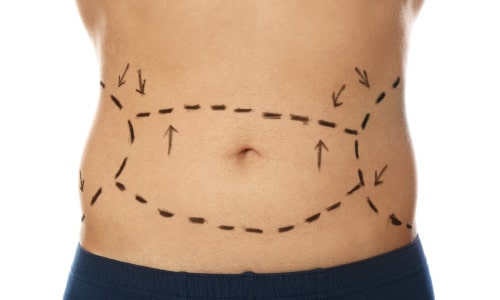
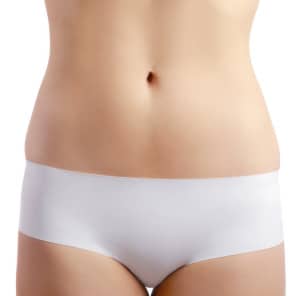
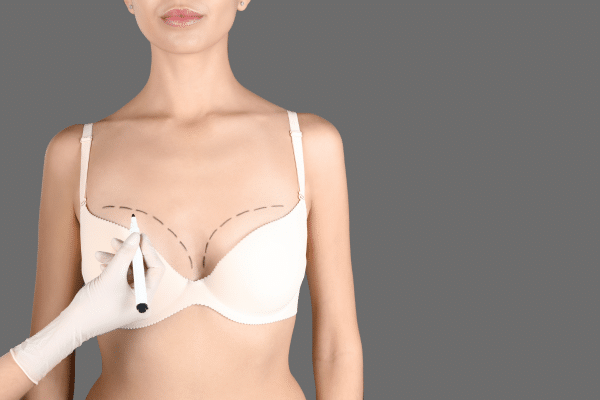 Occasionally, women will go for their annual mammogram and receive results that indicate asymmetrical breasts. This is a cause of concern for many women, who obviously worry that a mammogram results with
Occasionally, women will go for their annual mammogram and receive results that indicate asymmetrical breasts. This is a cause of concern for many women, who obviously worry that a mammogram results with 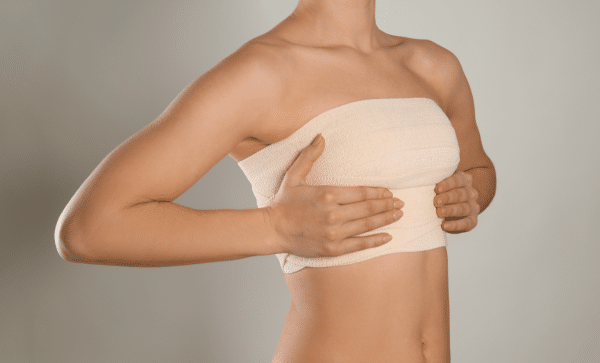 The good news about most cases of uneven breasts is that the issue can be treated with reconstructive surgery. However, the first thing we always want to do when a patient comes in with uneven breasts is to make sure that there’s not a worrisome underlying cause.
The good news about most cases of uneven breasts is that the issue can be treated with reconstructive surgery. However, the first thing we always want to do when a patient comes in with uneven breasts is to make sure that there’s not a worrisome underlying cause. 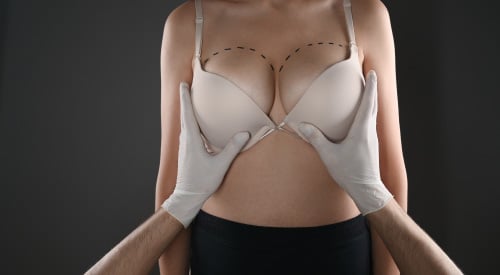 Breast Implants PROCEDURE RESULTS
Breast Implants PROCEDURE RESULTS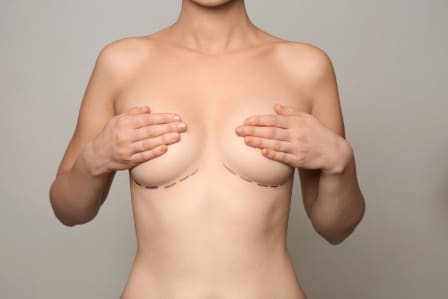 Breast Lift RECOVERY TIME
Breast Lift RECOVERY TIME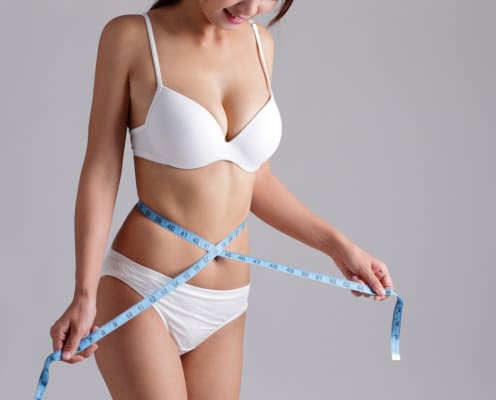 VASER stands for Vibration Amplification of Sound Energy at Resonance. This is a fancy way of saying that ultrasound frequencies are used to emulsify (liquefy) the patient’s fat cells.
VASER stands for Vibration Amplification of Sound Energy at Resonance. This is a fancy way of saying that ultrasound frequencies are used to emulsify (liquefy) the patient’s fat cells.